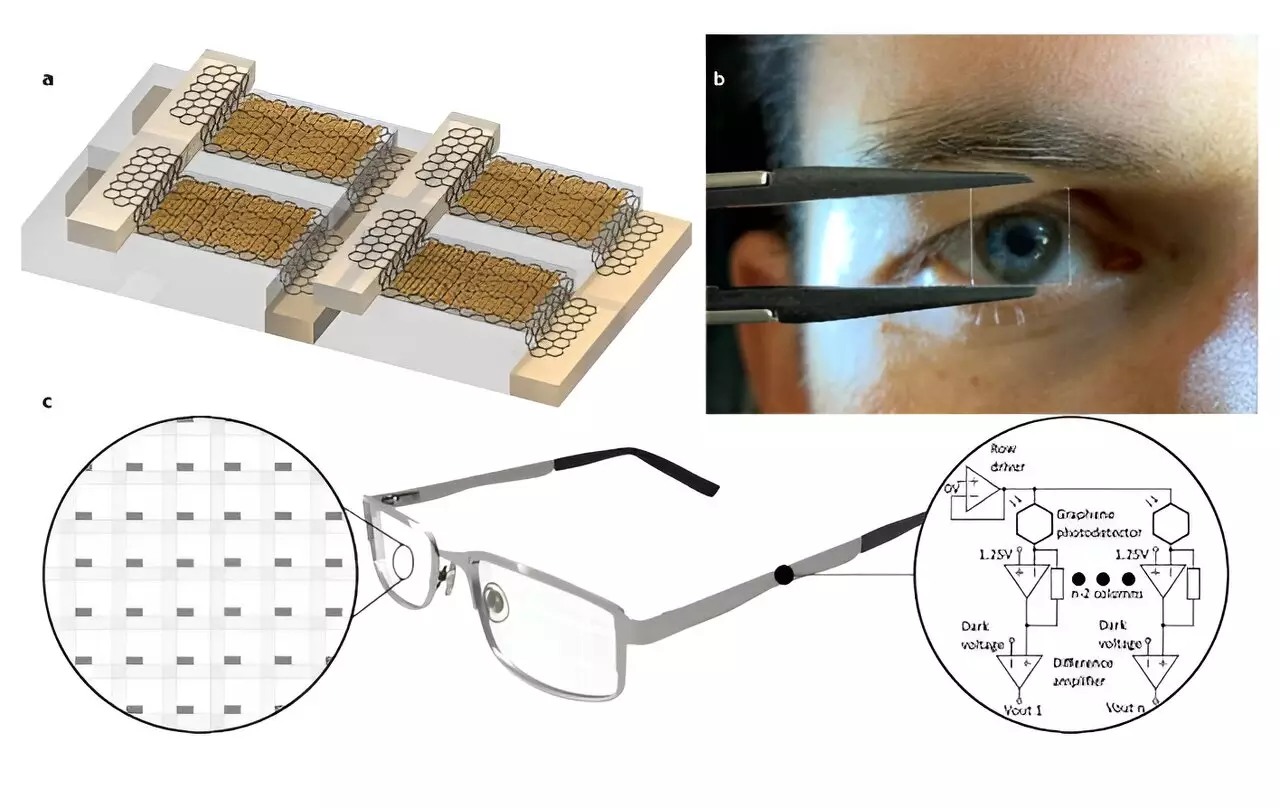In a groundbreaking development, a team of engineers at The Barcelona Institute of Science and Technology’s ICFO–Institut de Ciències Fotòniques has unveiled a nearly transparent camera designed for eye tracking applications. The camera, described in a recent paper published on the arXiv preprint server, promises to overcome the longstanding challenge of obstructing the user’s view while tracking eye movements. This innovation holds great potential for a wide range of applications, from virtual reality systems to automotive aids and marketing analytics.
The key to this new camera’s transparency lies in its construction. By integrating small lead sulfide dots into sheets of graphene, the researchers were able to create a highly sensitive photodetector. When exposed to light, these dots generate electrons that travel across the graphene layer, producing a measurable current. Despite this advanced technology, the camera remains nearly invisible to the naked eye, allowing an impressive 95% of light to pass through.
Initial testing of the camera demonstrated its capabilities as an eye tracker. By projecting greyscale patterns onto the photodetector and comparing the results to a standard image sensor, the researchers observed promising outcomes. With a refresh rate of 400Hz—twice the requirement for producing clear imagery—the camera shows potential for accurate and real-time eye tracking applications.
While the possibilities presented by this transparent camera are promising, there are still significant challenges to address before widespread implementation. One major limitation is the lack of a lens on the photodetector, limiting its functionality to projected images. Additionally, the need for image processing and a power source for the processor must be addressed to enable practical integration into devices such as standard eyeglasses or contact lenses.
The development of this nearly invisible camera for eye tracking represents a significant advancement in technology. By providing a solution to the longstanding issue of obstructing the user’s view, this innovation opens up new opportunities for enhancing user experiences in a variety of fields. With further research and development, the potential for seamless and unobtrusive eye tracking technology is closer than ever before.


Leave a Reply